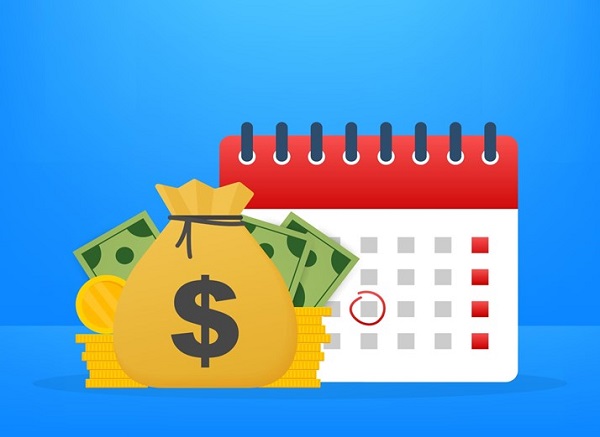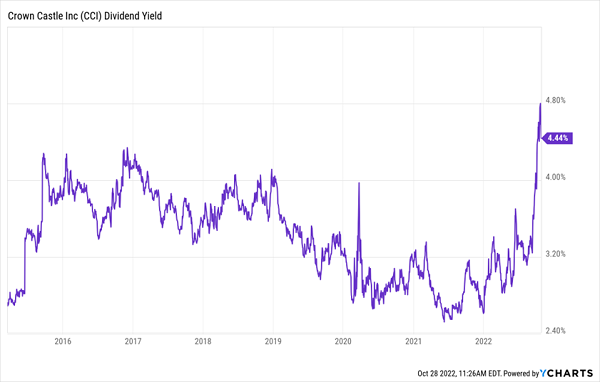These Safe Bonds Pay 4.2%: Buy Before 2023 Recession
Brett Owens, Chief Investment StrategistUpdated: November 9, 2022
One week ago, money-printer-turned-inflation-hawk Jay Powell told the world he was going to keep hiking interest rates. And more than he thought his Federal Reserve needed just two months ago.
Yes, even higher interest rates. Obviously more bad news for bonds, right?
It depends. Let’s explore the second level take, because Jay’s outlook is actually bullish for a select slice of fixed income.
Our inspiration, as always, is renowned value investor Howard Marks, chief of Oaktree Capital Group, with $164 billion under management. Marks’ writing has won acclaim from legendary peers such as Joel Greenblatt, Jeremy Grantham, Seth Klarman and even Warren Buffett.… Read more


